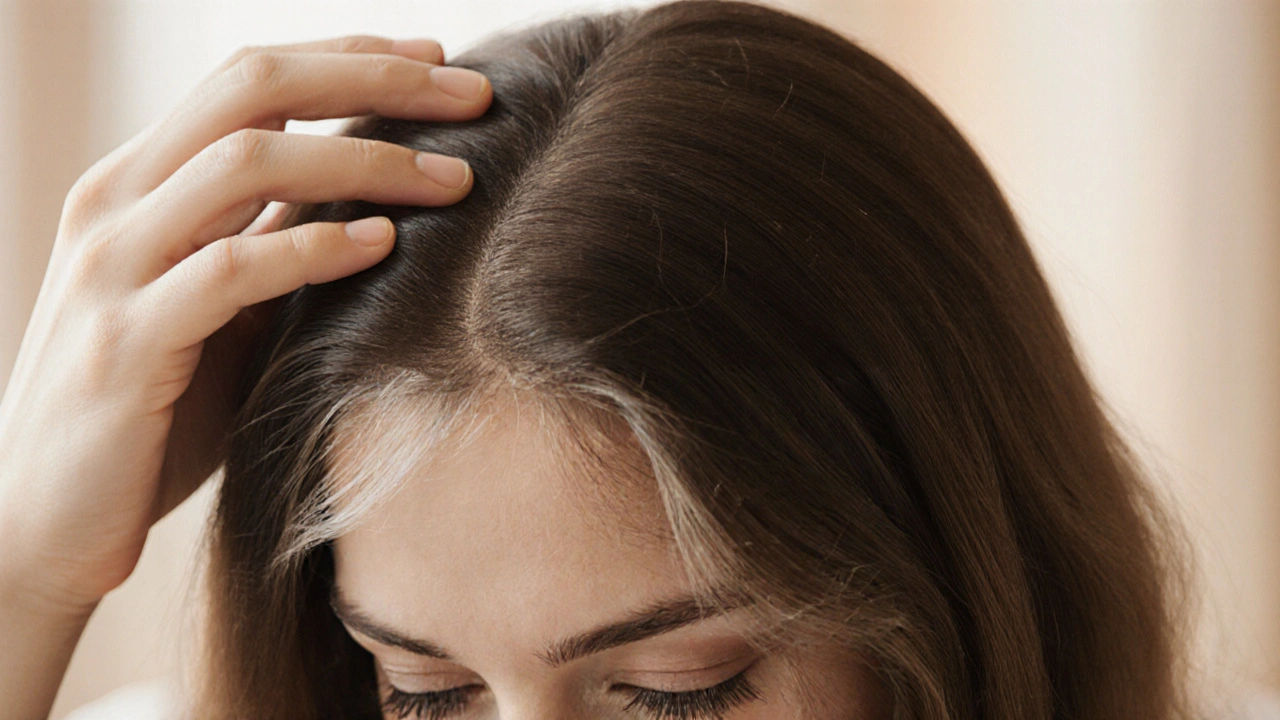When talking about wig comfort, the overall feeling of a wig on your head, including fit, weight, and breathability. Also known as wig wearability, it matters whether the cap is made of lace, silk, or synthetic mesh, because the wig materialdetermines flexibility, moisture flow, and heat retention that directly impacts comfort. Scalp healthcovers skin irritation, oil buildup, and moisture balance is another key piece – a healthy scalp can tolerate a heavier piece, while an irritated one can’t. Finally, hair extensionsadd volume or length to a wig and affect its overall weight, which circles back to how comfortable the wig feels all day.
First, the fit. A wig that’s too tight squeezes blood flow and triggers headaches; too loose and it slides around, demanding constant adjustments. Most caps feature adjustable straps, combs, or silicone grippers. The trick is to use these features to create a snug but gentle hold. Think of it like a baseball cap – you want it snug enough to stay put, but not so tight you can’t wear it for a few hours without a break. When the cap conforms to your head shape, the weight distributes evenly, preventing pressure points that can lead to soreness.
Materials make or break comfort. Lace fronts are lightweight and allow for natural parting, but they can fray if not cared for. Silk caps feel cool against the skin, reducing sweat buildup, while breathable mesh offers excellent airflow for hot climates. Synthetic fibers often weigh less than human‑hair wigs, which helps if you’re prone to heat. The best approach is to match the material to your lifestyle: if you jog or work in a warm kitchen, opt for mesh or silk; for formal events where you need a flawless look, lace might be worth the extra care.
Weight is the next big factor. A heavy wig can pull at the hairline and cause discomfort after a few hours. Adding hair extensions to a wig can boost volume, but each extra strand adds grams. The rule of thumb: keep the total weight under 300 grams for most adults. If you love volume, choose lightweight extensions like clip‑ins made from synthetic fibers rather than bulky clip‑a‑halves. This way you get the look without the drag.
Ventilation and scalp care go hand‑in hand. A well‑ventilated cap reduces sweat, which prevents itching and fungal growth. Many salons recommend a light, breathable spray that keeps the scalp moisturized without weighing the wig down. Pair that with a gentle cleanse using a sulfate‑free shampoo to avoid stripping natural oils. You’ll notice a big jump in comfort when the scalp stays balanced and the wig stays fresh.
Finally, maintenance practices seal the deal. Regular brushing with a wide‑tooth comb prevents tangles that can tug on the cap. Store your wig on a mannequin head or a breathable bag to keep its shape and prevent crushing the cap. When you need to re‑attach extensions, use a low‑tack adhesive that won’t leave residue or pull on the wig’s fibers. By treating the wig like a piece of clothing – cleaning, storing, and adjusting it correctly – you extend its life and keep comfort at its peak.
All these tips—fit adjustments, material choices, weight management, ventilation, and proper care—form a roadmap to effortless wig comfort. Below you’ll find articles that dive deeper into each area, from spotting low‑quality extensions that add unnecessary bulk to safe coloring methods that protect your scalp. Keep reading to get the details you need for a wig that feels as good as it looks.

Discover why human hair wigs outperform synthetic options with realism, styling freedom, durability, comfort, and long‑term value, plus care tips and a quick comparison.